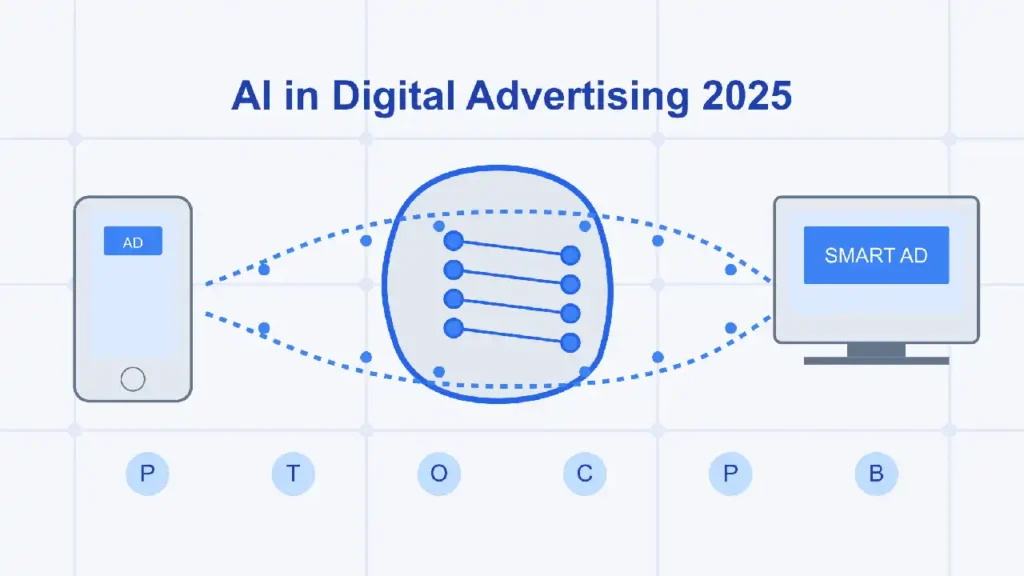
The digital advertising landscape has undergone a profound transformation with artificial intelligence now deeply embedded across the entire advertising ecosystem. As we move through 2025, several critical areas have emerged where AI has not just supplemented human efforts but fundamentally reshaped how digital advertising operates.
Hyper-Personalized Creative Generation
Predictive Audience Targeting
Multi-Channel Optimization Engine
AI now orchestrates seamless advertising experiences across channels, automatically adjusting campaign elements based on performance data. These systems manage budget allocation, creative deployment, and messaging consistency across platforms while optimizing for the unique characteristics of each channel. The result is truly integrated campaigns that meet consumers wherever they are with perfectly calibrated touchpoints.
Conversational Commerce Integration
Privacy-Preserving Analytics
Real-Time Bidding Intelligence
AI has revolutionized programmatic advertising with systems that make complex bidding decisions in milliseconds. These platforms evaluate thousands of factors simultaneously to determine the optimal bid for each impression opportunity, considering not just immediate conversion potential but lifetime customer value and brand perception impacts.
Emotional Response Measurement
Advanced AI can now analyze subtle signals in user engagement to gauge emotional responses to advertising content. By tracking interaction patterns, time spent, cursor movements, and other behavioral indicators, these systems provide deeper understanding of how ads affect audience sentiment, allowing for continuous refinement of emotional appeal.
The rise of AI in digital advertising represents more than just automation of existing processes—it’s a fundamental reimagining of how brands connect with audiences. As these technologies continue to evolve, the most successful advertisers will be those who effectively blend AI capabilities with human creativity and strategic thinking to deliver truly meaningful advertising experiences.

